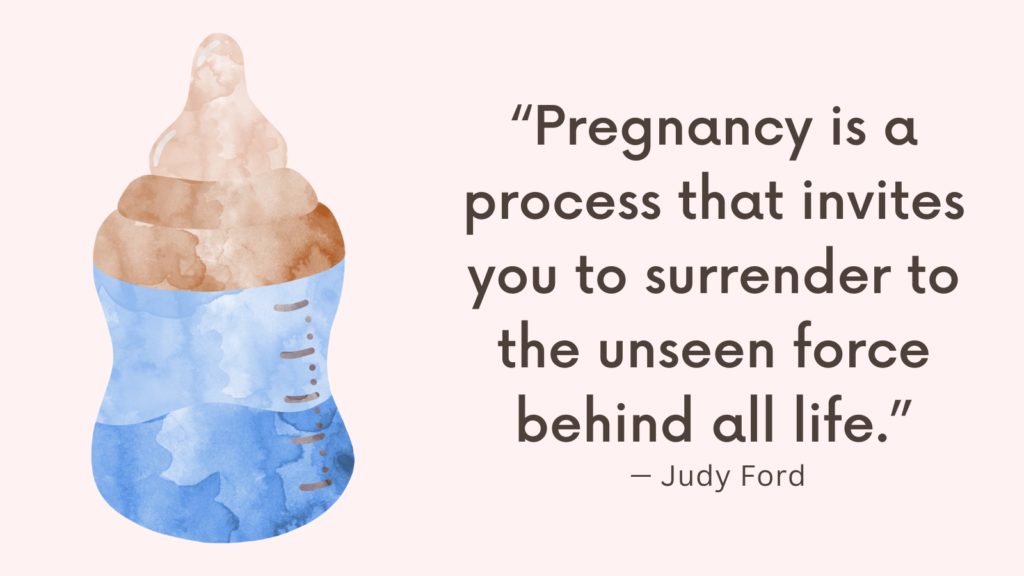Energy boost, baby’s fingerprints forming, and possible tiny baby flutters.
Welcome to the Second Trimester! You’re 13 weeks pregnant, which means you’ve made it through the first trimester! Many moms-to-be feel a boost in energy, less nausea, and more excitement as they start to show a little baby bump.
Let’s dive into your baby’s development, changes in your body, and how to manage symptoms at 13 weeks pregnant.
What’s Happening to Your Baby?
At 13 weeks, your baby is about the size of a peach (7-8 cm or 3 inches long) and weighs around 23 grams (0.8 oz). Your little one is growing quickly and starting to look more like a newborn!
Major Developments This Week:
Facial Features Are More Defined – Eyes, nose, and ears are now in their final positions.
Baby’s Body Is Growing Faster Than the Head – The head was once half the size of the body, but now it’s becoming more proportional.
Tiny Bones Are Forming – The ribs and spine are getting stronger, and arms and legs are moving more.
Baby’s Vocal Cords Are Developing – Even though your baby won’t make sounds yet, their vocal cords are forming.
Lanugo (Fine Hair) Is Growing – A soft layer of hair covers the baby’s body to keep them warm in the womb.
Baby Can Suck Their Thumb! – Reflexes are improving, and your baby may start sucking their thumb inside the womb.
Intestines Are Fully Inside the Abdomen – They were developing outside the body, but now they’ve moved into place.
What’s Happening to Your Body?
At 13 weeks pregnant, you may start feeling better! Many women notice more energy, a decrease in nausea, and even a little baby bump. However, some symptoms may continue.
Common Symptoms at 13 Weeks Pregnant:
More Energy – Fatigue starts improving as hormone levels balance out.
Reduced Morning Sickness – Nausea may be easing up, though it varies for each woman.
Increased Appetite – You may feel hungrier now that nausea is improving.
Round Ligament Pain – Mild pulling or stretching in your lower belly as your uterus grows.
Constipation & Bloating – Slow digestion caused by pregnancy hormones can lead to bloating.
Breast Changes – Your breasts may feel fuller, and nipples may darken.
Mood Swings – Emotions may start to stabilize, but some mood swings can still happen.
Increased Vaginal Discharge – Helps prevent infections, but should be clear or white (if it’s yellow, green, or smells bad, call your doctor).
How to Cope with Week 13 Pregnancy Symptoms
1. Managing Energy Levels
Take advantage of your energy boost! If you’re feeling better, now is a great time to exercise, go for walks, or prepare for your baby.
Get enough sleep – Even if you feel better, your body is still working hard.
Eat iron-rich foods like spinach, lentils, and eggs to avoid anemia.
2. Handling Increased Appetite
Focus on healthy, balanced meals.
Eat protein-rich foods (chicken, tofu, nuts) to stay full longer.
Snack smart – Fruits, yogurt, and whole grains are great choices.
3. Reducing Bloating & Constipation
Eat fiber-rich foods like fruits, vegetables, and whole grains.
Drink plenty of water to keep digestion moving.
Stay active – Light walking or prenatal yoga can help with digestion.
4. Coping with Round Ligament Pain
Stretch gently or try prenatal yoga to relieve tension.
Change positions slowly to avoid sudden discomfort.
Use a belly band for extra support if needed.
5. Handling Breast Tenderness
Wear a supportive bra to ease discomfort.
Avoid tight clothing that puts pressure on your breasts.
What Should You Be Doing in Week 13?
Now that you’re in the second trimester, here’s what to focus on this week:
1. Schedule Your Next Prenatal Appointment
You may have a 12-14 week ultrasound to check baby’s growth.
If you’re doing genetic screening tests, they may happen now.
You may hear baby’s heartbeat with a Doppler!
2. Keep Taking Your Prenatal Vitamins
Make sure your vitamin contains 400-800 mcg folic acid for brain and spinal cord development.
A vitamin with DHA & Omega-3s supports baby’s brain growth.
3. Eat a Healthy Pregnancy Diet
Include protein-rich foods like eggs, chicken, and tofu.
Eat calcium-rich foods like yogurt, milk, and cheese.
Stay hydrated – Drink at least 8 glasses of water daily.
4. Start Looking Into Maternity Clothes
Your regular jeans may feel tight, and you may start showing more.
Consider maternity leggings, stretchy pants, or loose dresses.
5. Plan Your Pregnancy Announcement (If You Haven’t Yet!)
Many parents wait until the second trimester (week 12-14) to announce.
Think about how you’d like to share the news with family and friends.
6. Start a Pregnancy Journal or App
Document how you feel each week.
Take weekly bump photos to track your progress.
7. Research Childbirth & Parenting Classes
Some classes fill up early, so start looking now.
Consider prenatal yoga or fitness classes for a healthier pregnancy.
Final Thoughts
You made it to the second trimester! This is an exciting time because many women start feeling better, gaining more energy, and seeing their baby bump grow.
Your baby is developing quickly, moving more, and looking more like a newborn every day! While symptoms like bloating, round ligament pain, and increased appetite may still be present, you’re on your way to a smoother trimester.


